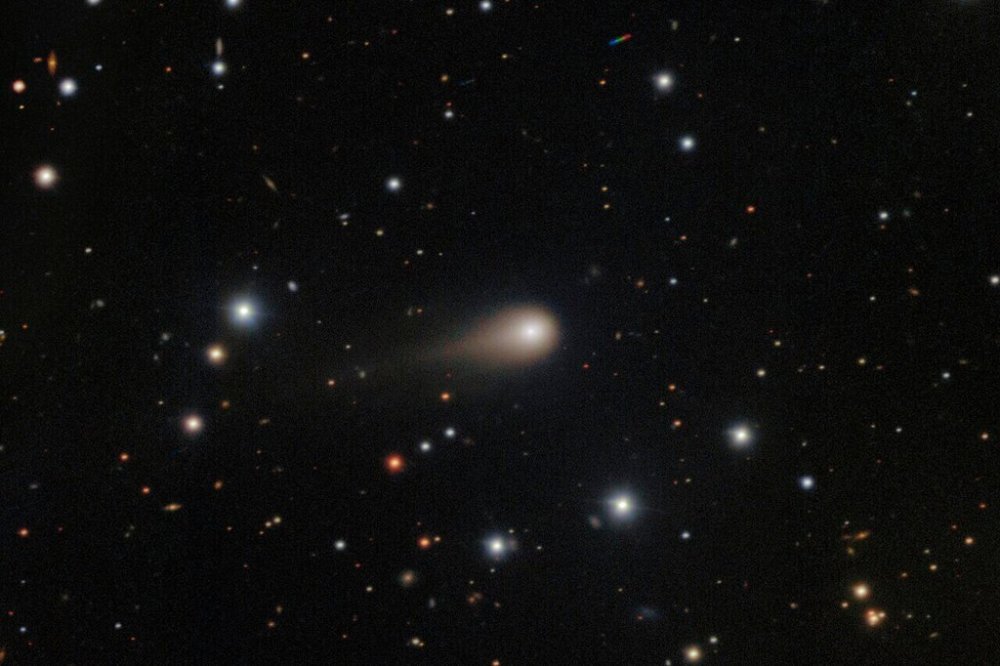Telescope reveals a growing tail on the comet that’s visiting from another star
Advertisement
Read this article for free:
or
Already have an account? Log in here »
To continue reading, please subscribe:
Monthly Digital Subscription
$0 for the first 4 weeks*
- Enjoy unlimited reading on winnipegfreepress.com
- Read the E-Edition, our digital replica newspaper
- Access News Break, our award-winning app
- Play interactive puzzles
*No charge for 4 weeks then price increases to the regular rate of $19.00 plus GST every four weeks. Offer available to new and qualified returning subscribers only. Cancel any time.
Monthly Digital Subscription
$4.75/week*
- Enjoy unlimited reading on winnipegfreepress.com
- Read the E-Edition, our digital replica newspaper
- Access News Break, our award-winning app
- Play interactive puzzles
*Billed as $19 plus GST every four weeks. Cancel any time.
To continue reading, please subscribe:
Add Free Press access to your Brandon Sun subscription for only an additional
$1 for the first 4 weeks*
*Your next subscription payment will increase by $1.00 and you will be charged $16.99 plus GST for four weeks. After four weeks, your payment will increase to $23.99 plus GST every four weeks.
Read unlimited articles for free today:
or
Already have an account? Log in here »
CAPE CANAVERAL, Fla. (AP) — Telescope observations reveal a growing tail on the comet that’s visiting from another star.
Released Thursday, the pictures taken by the Gemini South telescope in Chile late last month are the most detailed yet of the recently discovered comet. They show a wide coma of dust and gas around the ice ball as it speeds toward the sun, and also a tail that’s more extended than it was in previous shots.
These new images confirm that the comet is becoming more active as it plows harmlessly through our solar system, according to the National Science Foundation’s NoirLab, which operates the telescope. It’s only the third known interstellar object to venture our way.

As of Thursday, the comet known as 3I-Atlas was 238 million miles (384 million kilometers) from Earth and growing ever nearer, according to NASA. It will make its closest approach to the sun at the end of October and then pass closest to Earth in December from 167 million miles (269 million kilometers) away — farther from Earth than the sun.
___
This story was first published on Sep. 4, 2025. It was updated on Sep. 5, 2025 to correct the name of the agency that operates the telescope. It is the National Science Foundation, not the National Space Foundation.
___
The Associated Press Health and Science Department receives support from the Howard Hughes Medical Institute’s Department of Science Education and the Robert Wood Johnson Foundation. The AP is solely responsible for all content.

